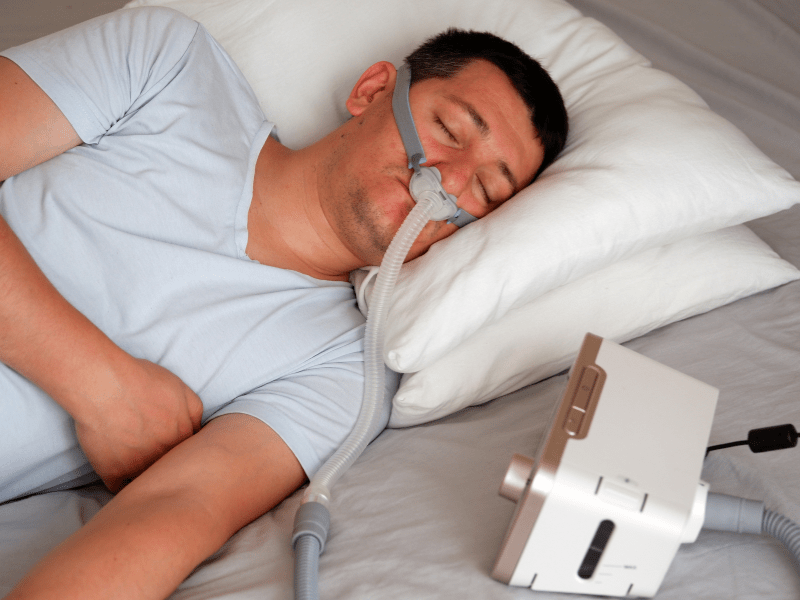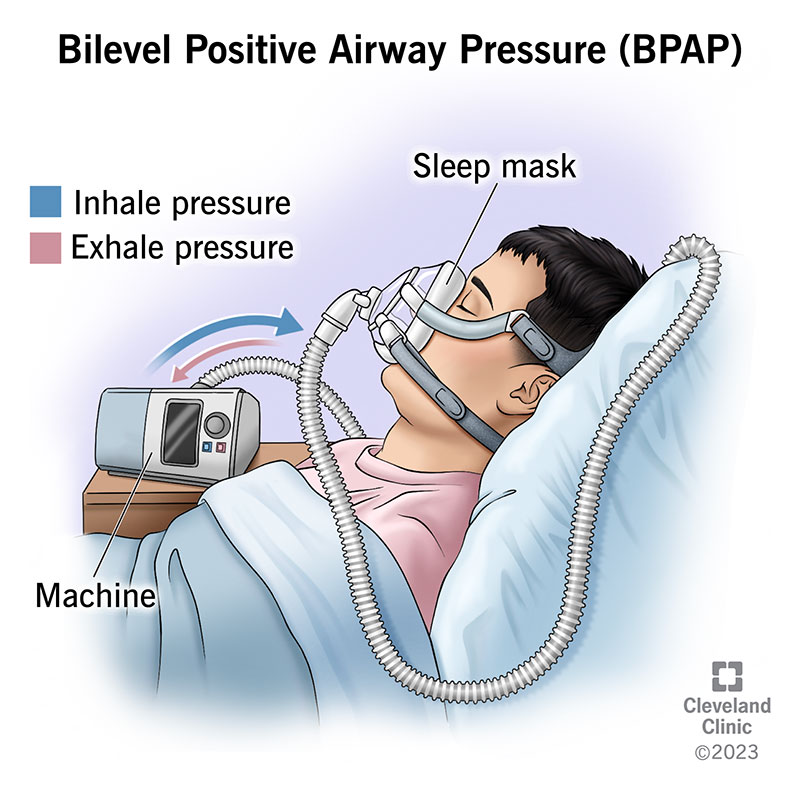Your Overview to Affordable BiPAP Rental in Your Area
Your Overview to Affordable BiPAP Rental in Your Area
Blog Article
Bipap vs. CPAP: Which Is the very best for Your Sleep Problem?
When navigating the complexities of sleep problems, the option in between BiPAP and CPAP treatment is a vital consideration. Each technique uses one-of-a-kind advantages customized to certain conditions, yet the decision rests on individual person requirements and convenience levels. While CPAP offers a consistent air flow suitable for obstructive sleep apnea, BiPAP's twin stress settings might boost convenience for those with more intricate respiratory issues. Comprehending these differences can dramatically impact treatment efficiency, leaving one to contemplate which choice genuinely lines up with their health and wellness requirements and way of living.
Comprehending Sleep Disorders
Sleep disorders encompass a variety of problems that interfere with typical rest patterns, influencing both the high quality and period of rest. These problems can show up in different kinds, consisting of sleeping disorders, rest apnea, narcolepsy, troubled leg disorder, and parasomnias. Each problem offers distinct obstacles, typically bring about substantial daytime tiredness, cognitive impairment, and psychological disturbances.
Insomnia is characterized by difficulty dropping or staying asleep, while rest apnea entails duplicated disruptions in breathing throughout rest, frequently resulting in fragmented remainder. Narcolepsy, on the other hand, is noted by excessive daytime drowsiness and unexpected rest attacks. Uneasy leg disorder triggers unpleasant sensations in the legs, prompting an uncontrollable urge to move them, which can additionally prevent the capability to sleep.
The effect of rest problems expands beyond private health and wellness, affecting overall performance, partnerships, and quality of life. Understanding the particular nature of each problem is vital for effective medical diagnosis and therapy. As rest wellness comes to be progressively acknowledged as an essential component of total well-being, addressing these problems is crucial for enhancing both sleep quality and day-to-day functioning.
How CPAP Functions
Constant Positive Airway Pressure (CPAP) treatment is often used as a key treatment for obstructive rest apnea (OSA) The mechanism of CPAP includes using a maker that delivers a consistent stream of air with a mask worn during rest. This airflow keeps favorable pressure in the respiratory tract, stopping the collapse or obstruction of the throat that can take place throughout sleep.
When a client takes in, the CPAP equipment supplies a continual circulation of air, guaranteeing that the airway remains open - BiPAP Rental. This not only reduces the symptoms of OSA, such as snoring and interrupted sleep patterns, yet additionally decreases the involved health threats, consisting of cardiovascular difficulties and daytime tiredness
The pressure settings on a CPAP machine can be personalized to satisfy individual patient demands, often figured out with a rest study. Individuals typically undergo titration studies to find the ideal pressure level for their one-of-a-kind condition. Normal follow-up and modifications may be necessary to ensure efficiency and comfort. Generally, CPAP therapy has been shown to substantially boost the quality of rest and overall health and wellness for people experiencing obstructive rest apnea.
Exactly How BiPAP Functions
BiPAP, or Bilevel Favorable Respiratory Tract Pressure, is a specialized kind of non-invasive ventilation that is especially valuable for patients with problems such as complex sleep apnea or breathing problems. Unlike CPAP, which supplies a continual stream of air at a single pressure, BiPAP offers two distinct pressure settings: a higher inspiratory stress for inhalation and a reduced expiratory stress for exhalation. This dual-pressure technique permits much easier breathing, minimizing the initiative required throughout exhalation.
The tool operates with a mask fitted over the nose or mouth, linked to an equipment that generates atmospheric pressure. When the client inhales, the equipment provides the higher stress to aid with airflow, guaranteeing that weblink the airway continues to be open. Upon exhalation, the device instantly decreases the pressure, making it more comfortable for the client to take a breath out.

Trick Differences In Between BiPAP and CPAP

On the other hand, BiPAP (Bilevel Favorable Airway Stress) uses two different pressure setups: one for inhalation and a lower one for exhalation. This dual pressure system permits more comfortable breathing, specifically for clients who battle with exhaling versus a continuous stress. BiPAP is usually advised for patients with complicated sleep apnea, persistent obstructive pulmonary condition (COPD), or those who call for extra support during sleep.
Additionally, the intricacy of BiPAP devices commonly leads to a greater price and calls for more cautious titration than CPAP. BiPAP Rental. Comprehending these key differences can assist in identifying which device may be better for particular sleep problems, establishing the groundwork for educated therapy decisions
Selecting the Right Therapy
Exactly how can one determine one of the most ideal treatment for taking care of rest problems? The decision in between BiPAP and CPAP therapy mostly depends upon the certain attributes of the sleep condition, the individual's total health, and their convenience with the device. CPAP, which supplies a continual stream of air, is typically prescribed for obstructive sleep apnea (OSA) It preserves an open air passage during sleep, effectively avoiding hypopneas and apneas.
Conversely, BiPAP provides two levels of pressure: one for inhalation and a reduced one for exhalation. This twin pressure system is useful for individuals with intricate sleep apnea or those who experience problem exhaling versus a constant pressure. Furthermore, BiPAP is typically advised for individuals with respiratory system problems, such as chronic obstructive lung illness (COPD), where read differing pressure settings can improve convenience and conformity.
Ultimately, a complete evaluation by a sleep expert, including a sleep research study, can help establish which treatment straightens finest with the person's needs. Aspects such as comfort, ease of use, and details medical conditions need to also be taken into account to optimize treatment end results.
Verdict
In summary, both BiPAP and CPAP serve distinct functions in the administration of sleep problems. CPAP works for obstructive rest apnea via consistent air flow, while BiPAP offers twin pressure settings that improve comfort for those with complex rest apnea or respiratory system concerns. The selection in between these treatments must be directed by individual demands and conditions, requiring a detailed analysis by a rest professional to make sure optimal therapy outcomes and improved quality of rest.

On the whole, CPAP treatment has been revealed to substantially boost the high quality of rest and total health and wellness for people suffering from obstructive sleep apnea.
BiPAP is commonly recommended for patients with complex rest apnea, persistent obstructive pulmonary illness (COPD), or those who call for extra assistance during rest.
CPAP is effective for obstructive sleep apnea via consistent airflow, while look what i found BiPAP uses twin stress setups that improve convenience for those with intricate rest apnea or breathing problems.
Report this page